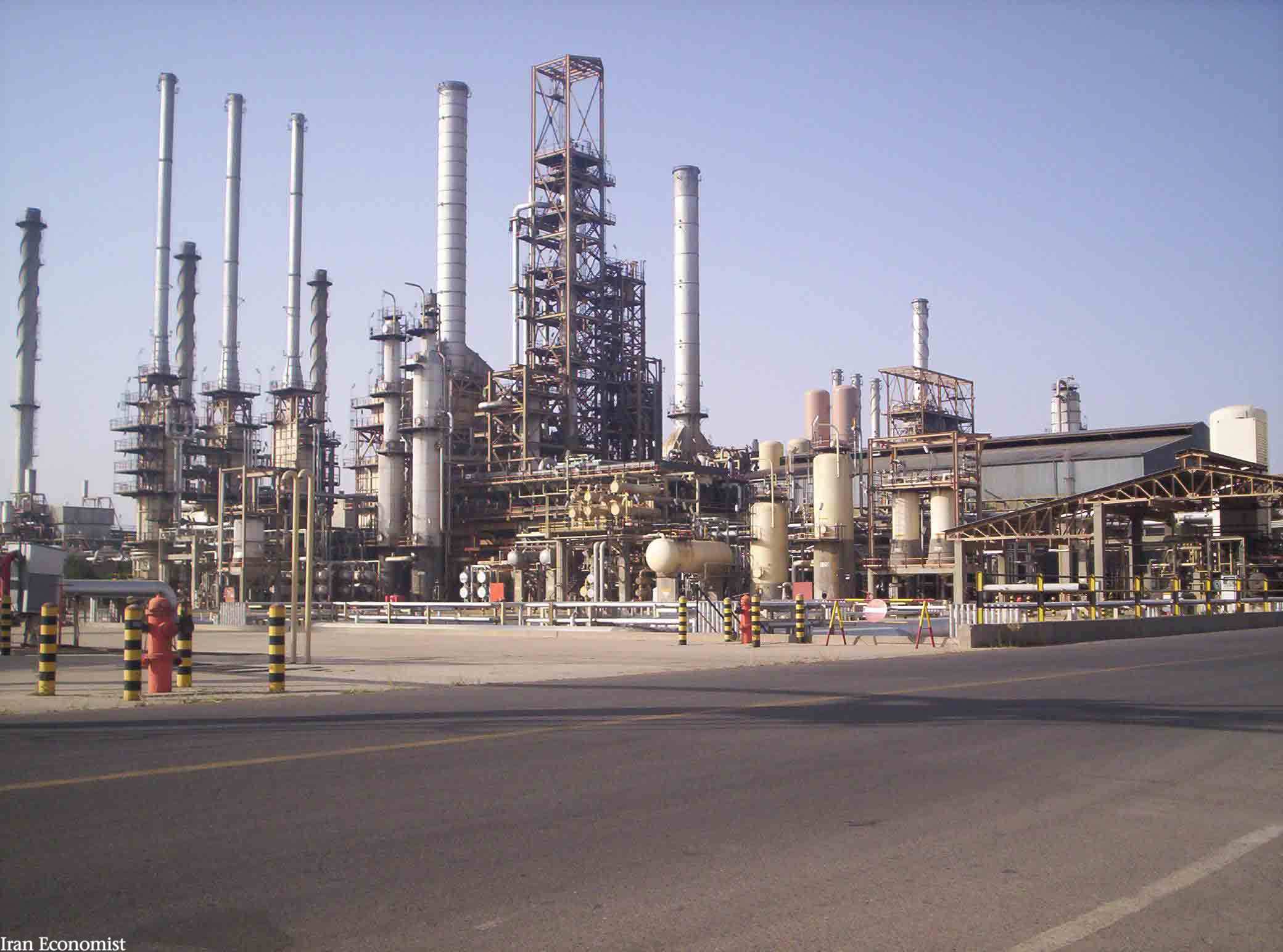
Cutback bitumen is classified based on viscosity grade. It is divided into three categories:
Rapid-Curing (RC)
The Cutback bitumen is known as rapid-curing (RC) if the bitumen is solved in gasoline. The reason is that evaporation occurs quickly, and the bitumen is deposited. RC cutbacks are divided into RC250, RC70, RC800, and RC3000 categories. The numbers indicate the viscosity of bitumen. Naphtha could be mixed with bitumen 80/100 for more dilution.
Medium-Curing (MC)
MC Cutbacks are prepared by solving bitumen in kerosene, which evaporates more slowly than gasoline. MC cutbacks are divided into five groups, with their viscosity varying from 3-4 to 6,000 at 60 degrees Centigrade. This bitumen may be achieved by solving bitumen 85/100 in Kerosene.
Slow-Curing (SC)
Slow-curing cutback may be achieved by solving bitumen in gasoil or fuel oil or directly from the distillation of crude oil. SC cutbacks do not evaporate under normal weather conditions, but they gradually experience changes in their molecular form. This kind of bitumen is achieved by solving bitumen 85/100 in heavy solvents such as Gasoil or Fuel oil, which will evaporate and make it hard. This bitumen includes SC 70, SC 250, SC800, and SC 3000.
| MC250 Physical Spesification | ||
| Test | Methodology | Value |
|---|---|---|
| Kinematic Viscosity at 60°C | ASTM D-2170 | 250-500 |
| Penetration at 25°C, mm/10 | ASTM D-5 | 120-250 |
| Ductility at 25°C, cm | ASTM D-113 | 100 min |
| Flash Point(TOC) °C | ASTM D-3143 | 250 min |
| Solubility in triclorethylene, %wt | ASTM D-2042 | 99 min |
| Water Content %wt | ASTM D-95 | 0/2 max |
| Distillation at 225 °C, vol% | – | 20 max |
| Distillation at 260 °C, vol% | – | 5-55 |
| Distillation at 316 °C, vol% | – | 60-90 |
| Residue from distillation at 360 °C, vol% | – | 67 min |


